Sean Brock’s Ol’ Fuskie Crab Rice – Garden & Gun
Your folders
Your folders

Ingredients
Export 18 ingredients for grocery delivery
Instructions
For the base: Put the bacon in a large skillet and cook over medium heat until it starts to soften and the fat begins to render, about 1 minute. Add the dried shrimp and cook, stirring, for 1 minute. Add the onion, celery, bell pepper, garlic, and salt and cook, stirring occasionally, until the vegetables are softened, about 6 minutes. Remove from the stove and set aside. For the rice: Combine the water, salt, white pepper, and bay leaf in a medium saucepan, bring to a boil over medium-high heat, and stir to be sure the salt has dissolved completely. Reduce the heat to medium, add the rice, stir once, and bring to a simmer. Simmer gently, uncovered, stirring occasionally, until the rice is al dente, about 10 minutes. Drain. Transfer to another medium saucepan, discarding the bay leaf. Stir in the butter and cover to keep warm. For the crab: Heat the butter in a large skillet over high heat until foamy. Add the base mixture and the crab, spread it into a thin, even layer, reduce the heat to medium, and cook, undisturbed, until the crab begins to brown on the bottom, 3 to 4 minutes. Remove from the heat and gently fold in the lemon juice. To serve: Put a dollop of tomato jam in the center of each of six warm plates. Divide the rice among the plates, placing it on top of the jam, and sprinkle with the chives. Spoon the crab on top and sprinkle with the bottarga. For the crab roe bottarga: Crab roe bottarga lets you push the fresh blue crab roe season out a little longer. This recipe came about because I wanted to grate a little cured egg yolk over a she-crab soup to get an added layer of richness. Then I realized I could combine the egg yolk with the sweet crab roe and preserve that flavor for use throughout the year, until the next roe season came around. Note: Blue crab roe is available in some seafood markets and from online sources. Combine the roe and egg yolks in a food processor and process until completely combined, about 1 minute. Using a funnel, slowly pour the roe mixture into the casing. Lightly tap the side of the casing to remove air bubbles. Cut off any excess casing about 3 inches above the mixture and tie the end off tightly with a double knot of butcher’s twine. Pour 2 cups of the salt into the bottom of an 8-by-6-by-4-inch glass loaf pan or other nonreactive container. Add the bottarga and cover with the remaining 2 cups salt. Refrigerate, uncovered, for 3 days. Remove the bottarga from the salt and wipe away any salt from its surface. Attach a length of butcher’s twine to the bottarga just below the knot at the top of the casing and hang the bottarga in the refrigerator, making sure it hangs freely and doesn’t touch anything; it’s important to have good air circulation around it. Place a bowl filled with kosher salt underneath the bottarga to catch any drippings and absorb odors. Let the bottarga hang for 7 to 10 days, making sure the temperature stays below 40°F. The bottarga will lose moisture and the texture will become firmer. Transfer the bottarga to a container, cover, and refrigerate for up to 1 month.
Top similar recipes
Curated for youYour folders
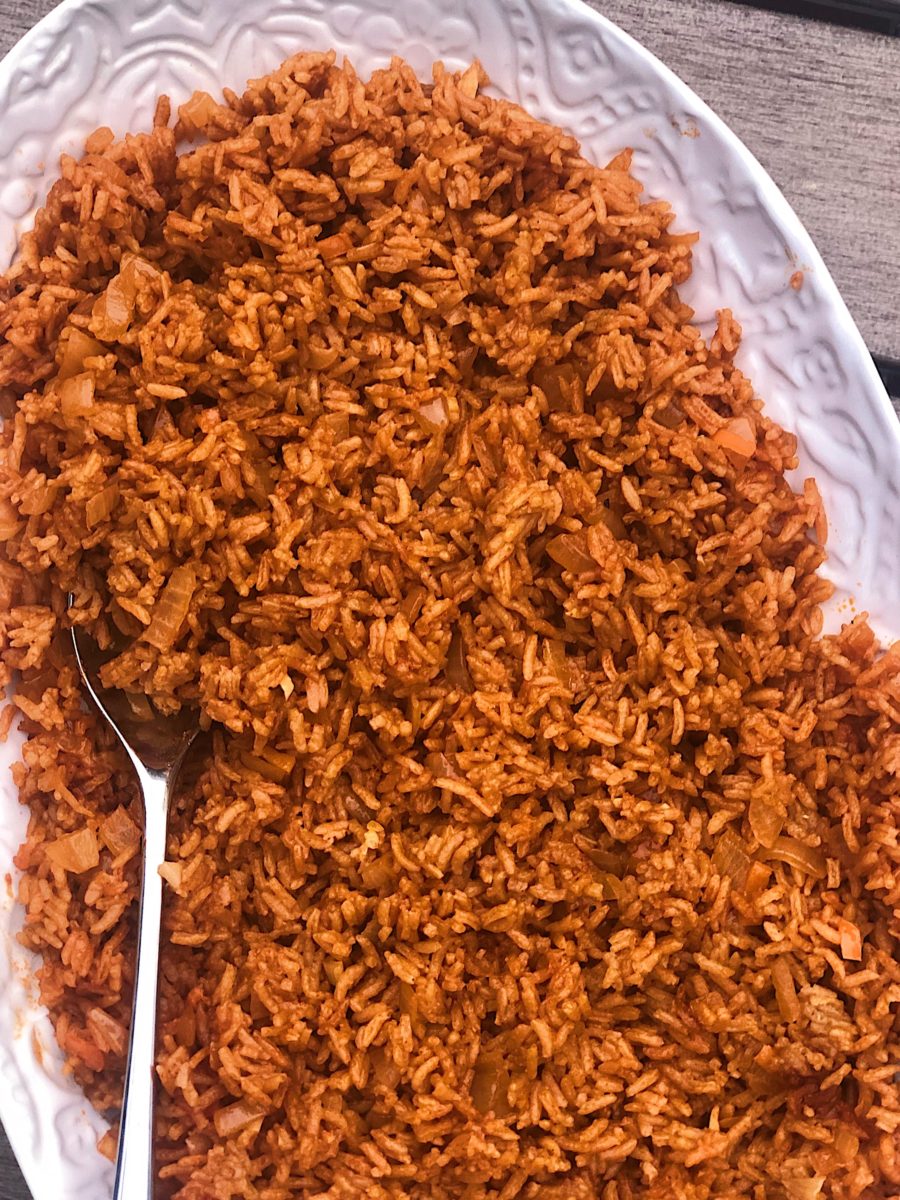
 239 views
239 viewsMichael Twitty’s Jollof Rice – Gard...
gardenandgun.com
Your folders
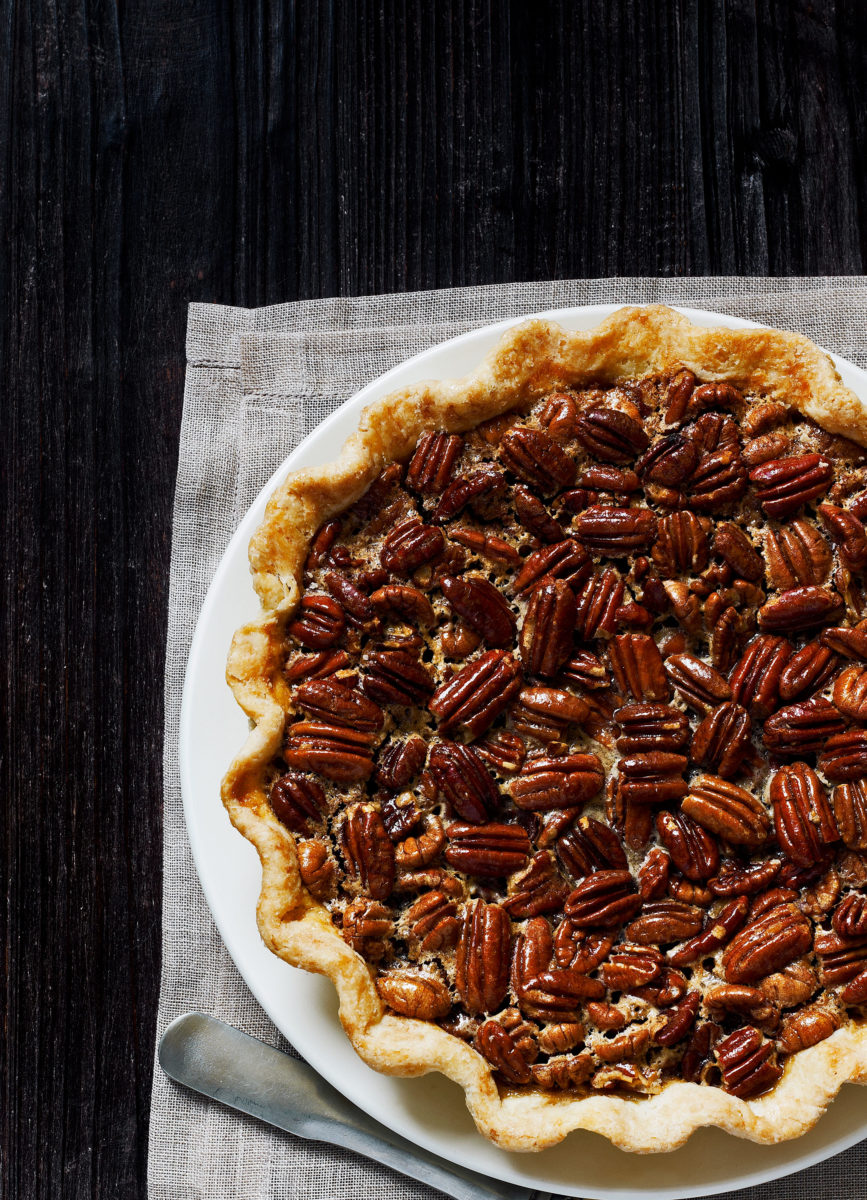
 106 views
106 viewsBourbon Pecan Pie – Garden & Gun
gardenandgun.com
Your folders
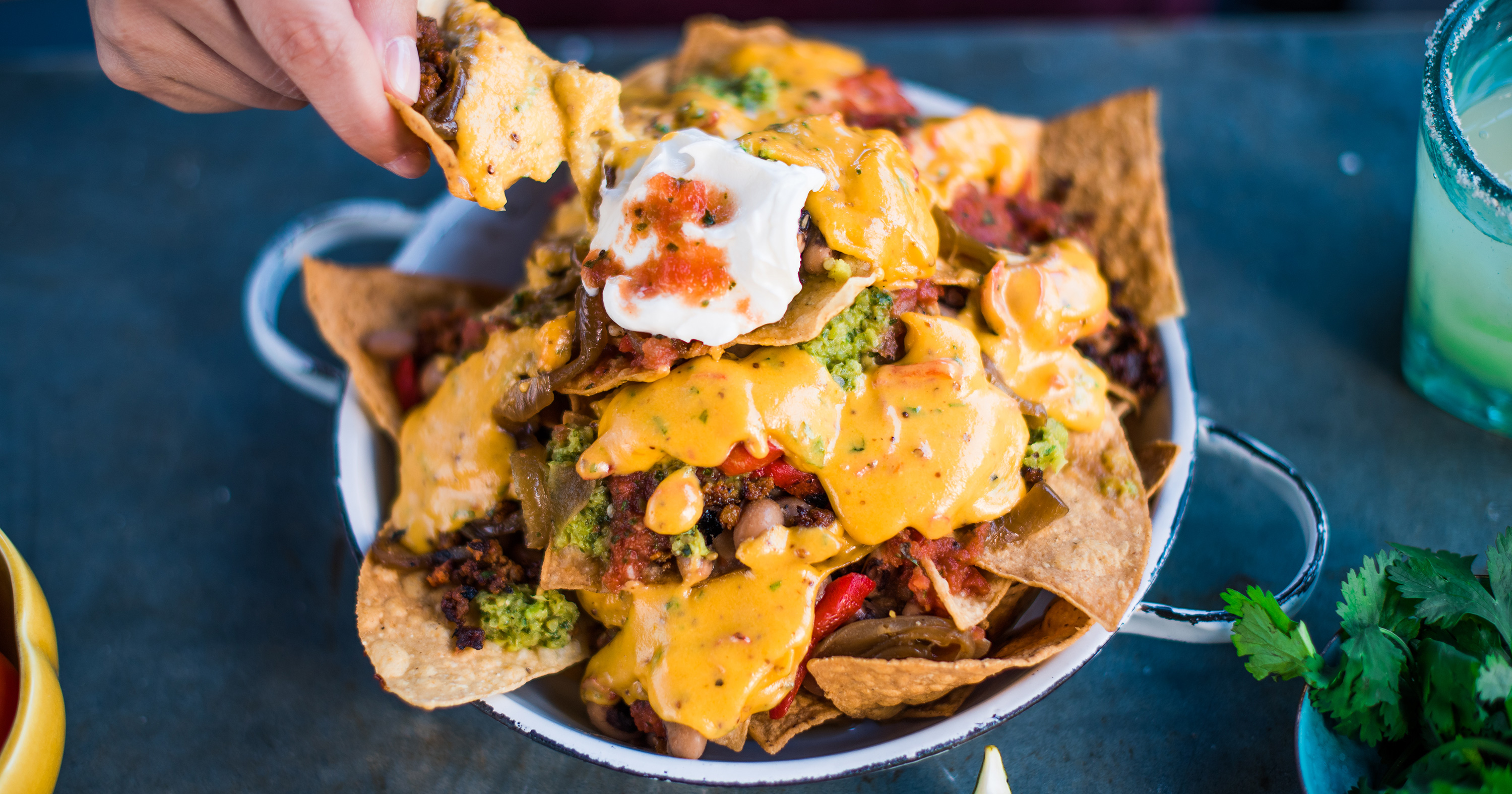
 252 views
252 viewsPimento Cheese Nachos – Garden & Gu...
gardenandgun.com
Your folders
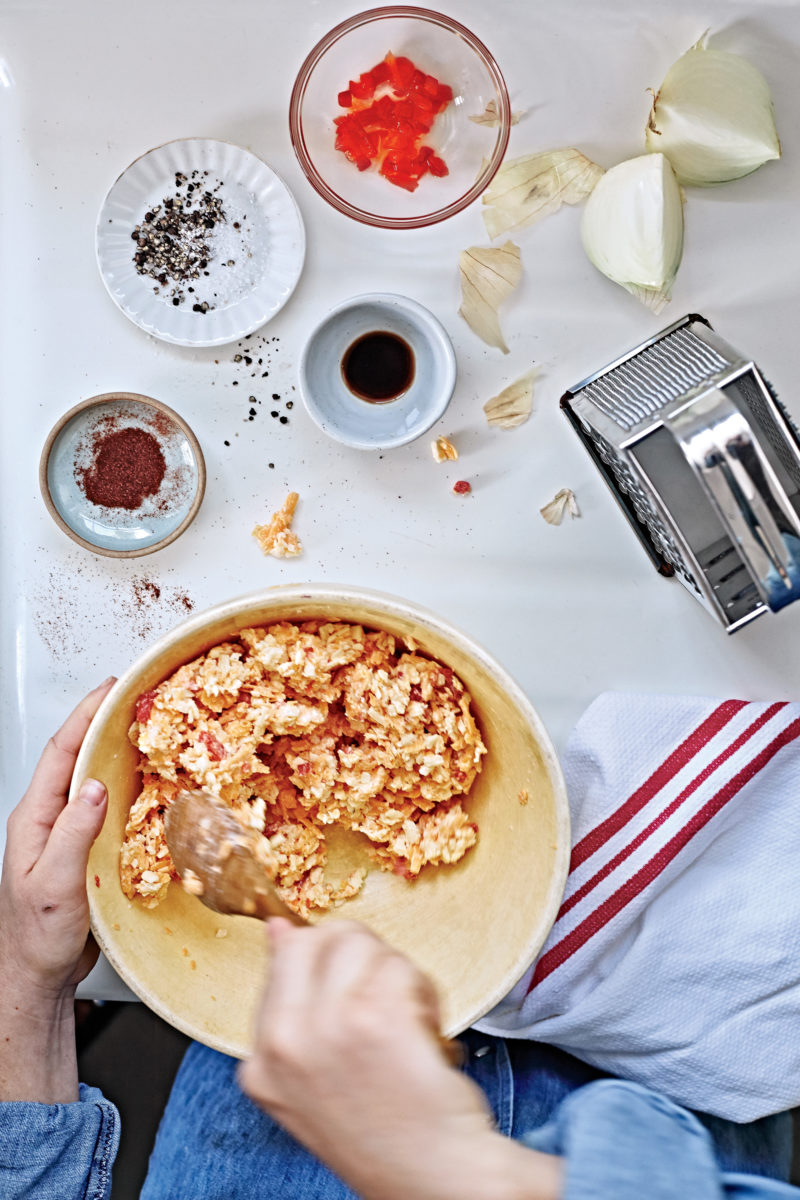
 93 views
93 viewsClassic Pimento Cheese – Garden & G...
gardenandgun.com
Your folders
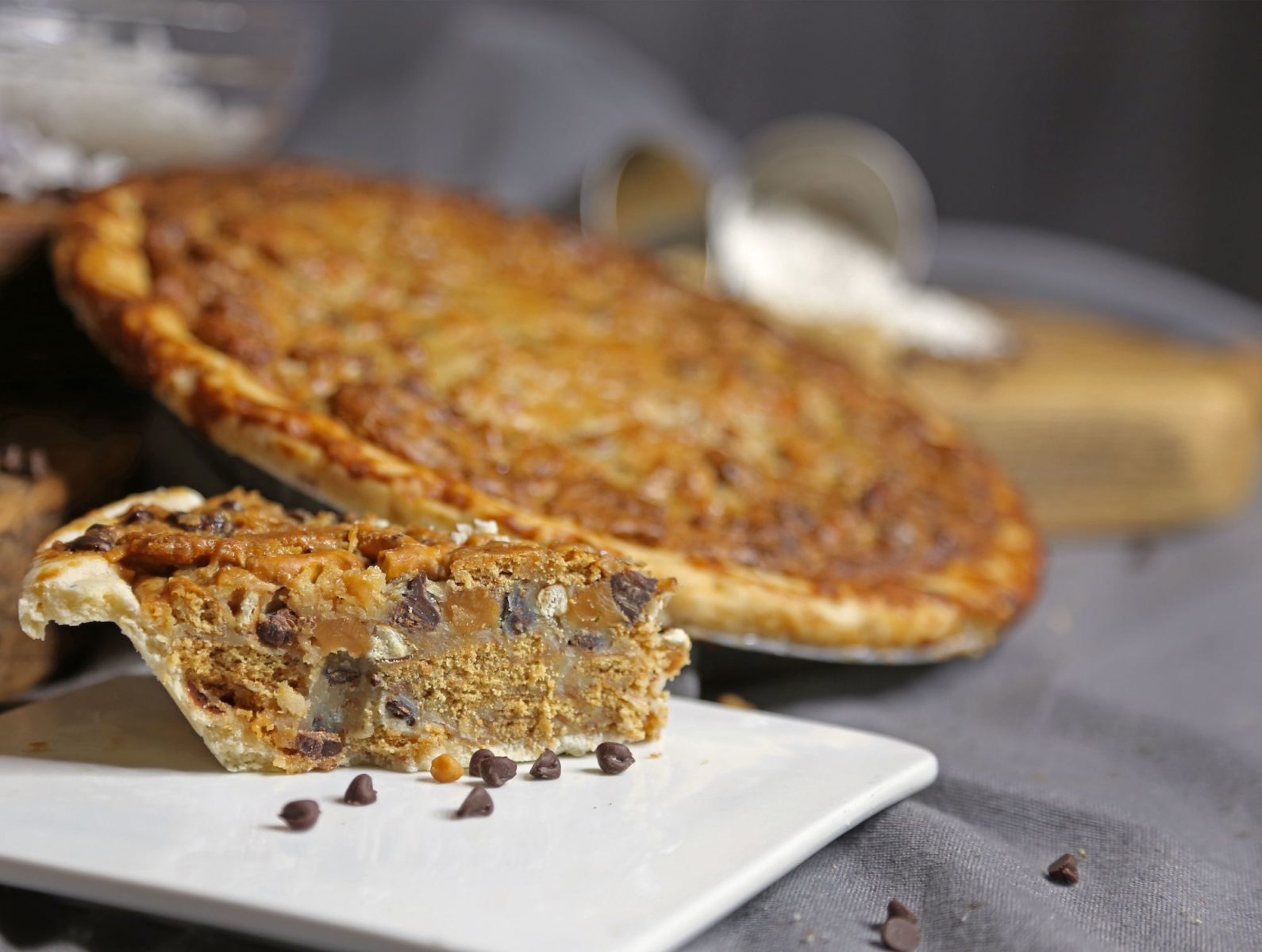
 270 views
270 viewsTexas Trash Pie – Garden & Gun
gardenandgun.com
Your folders
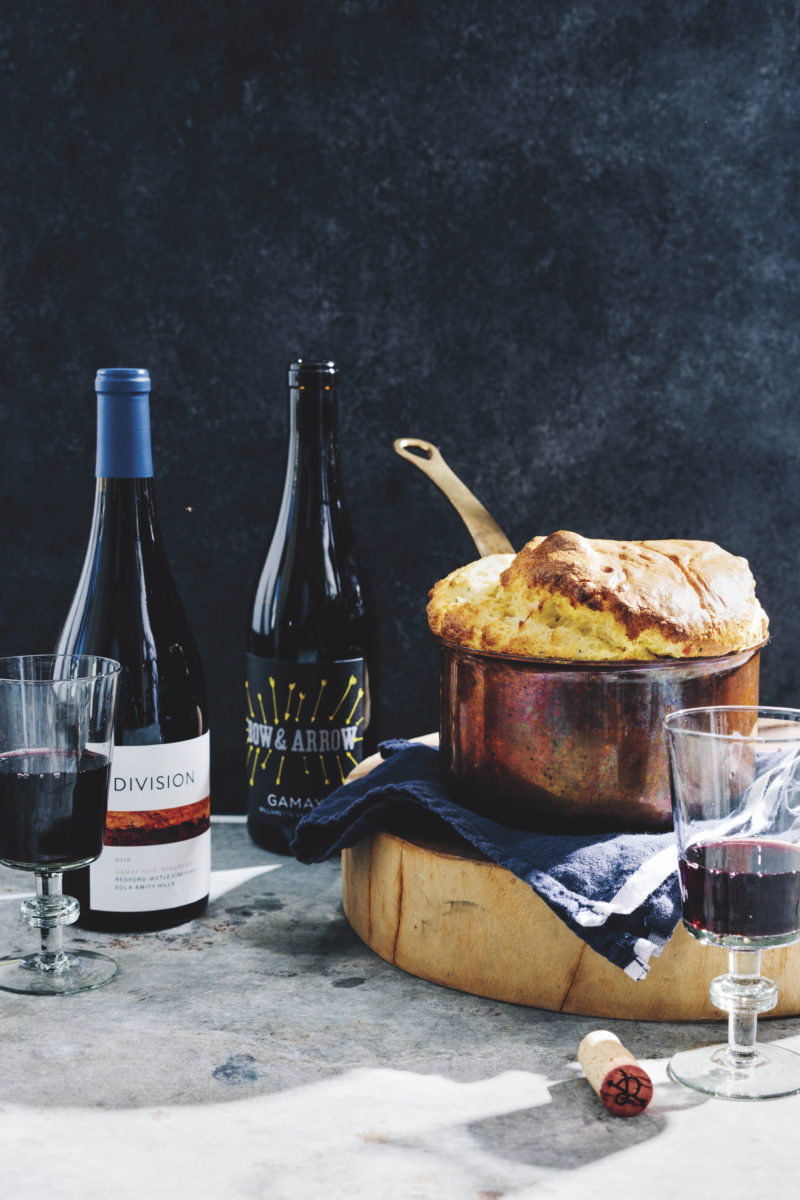
 52 views
52 viewsPimento Cheese Soufflé – Garden & G...
gardenandgun.com
Your folders
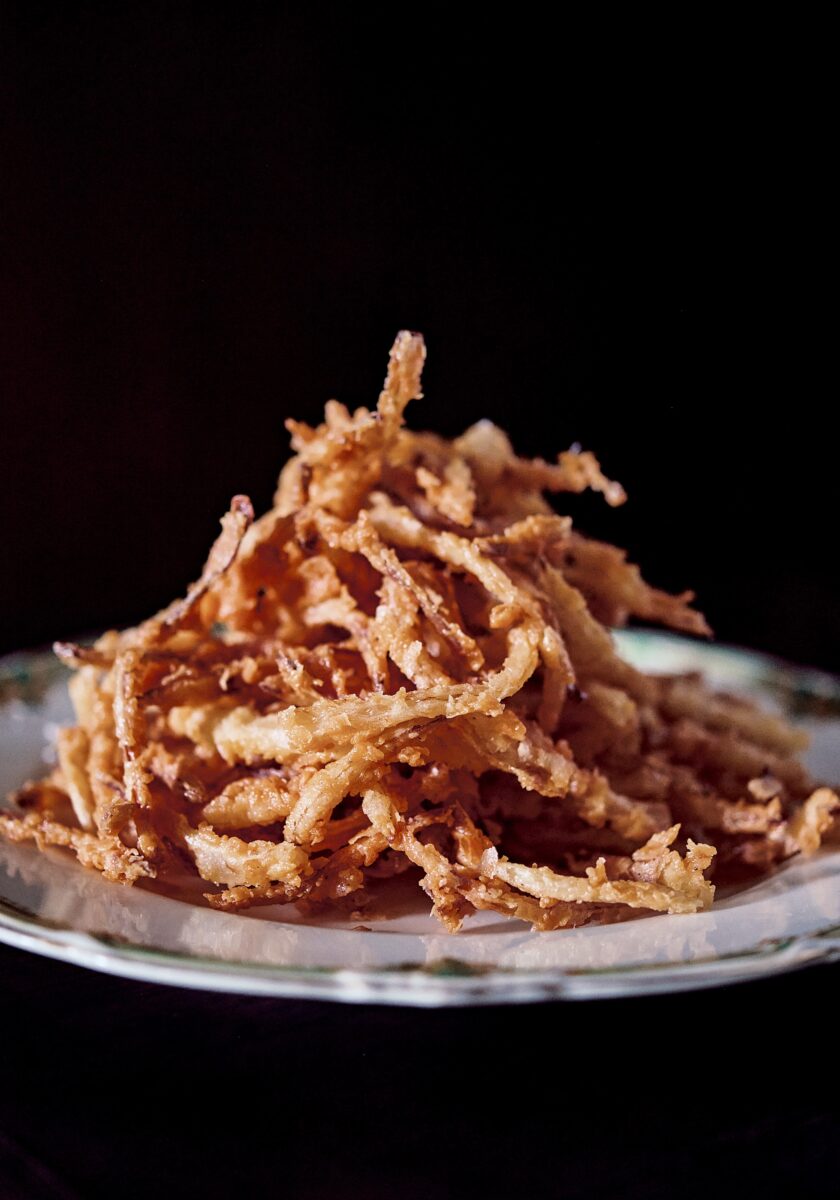
 192 views
192 viewsShoestring Onion Rings – Garden & G...
gardenandgun.com
Your folders
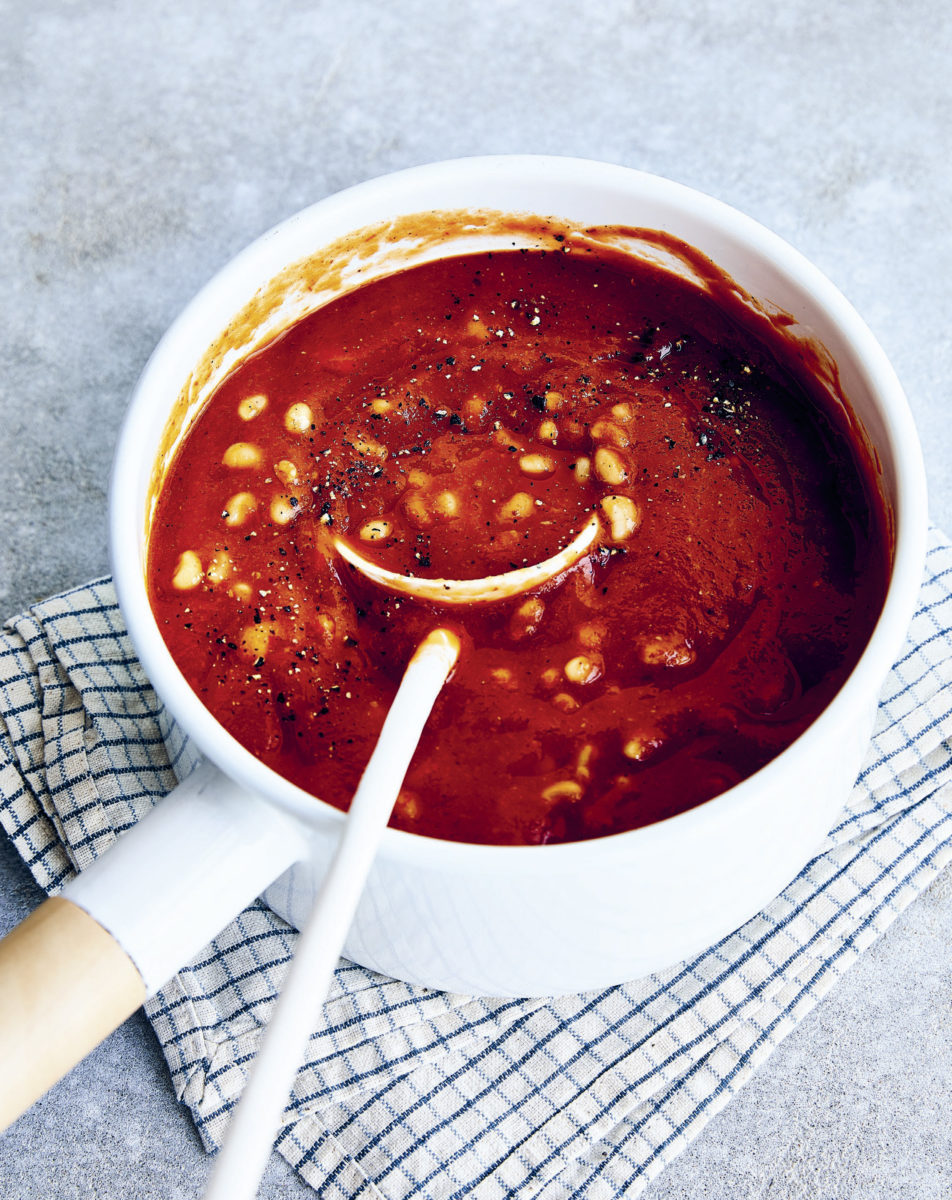
 282 views
282 viewsAlphabet Soup for Grownups – Garden...
gardenandgun.com
Your folders
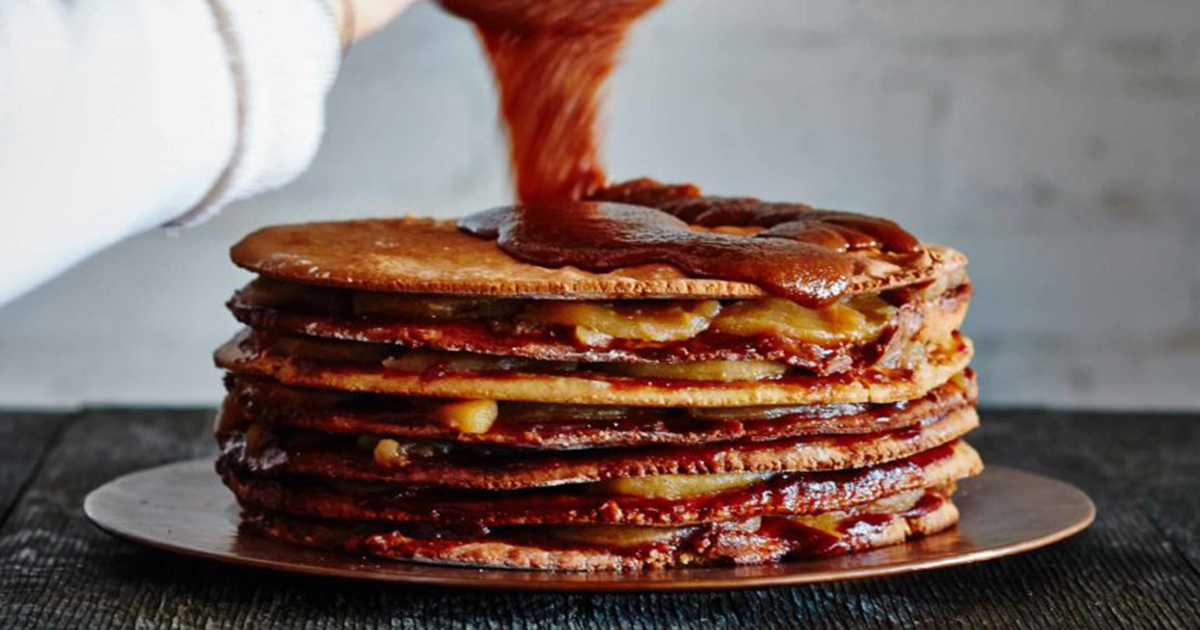
 250 views
250 viewsApple Jack Stack Cake – Garden & Gu...
gardenandgun.com
Your folders

 89 views
89 viewsStrawberry-Moonshine Fried Pies – G...
gardenandgun.com
Your folders

 332 views
332 viewsSkillet Sweet Potato Cornbread – Ga...
gardenandgun.com
Your folders

 270 views
270 viewsThe Ultimate Kentucky Burgoo – Gard...
gardenandgun.com
Your folders

 300 views
300 viewsSouthern Classic: Peach Cobbler – G...
gardenandgun.com
Your folders

 65 views
65 viewsClassic Angel Food Cake – Garden & ...
gardenandgun.com
Your folders

 157 views
157 viewsTriple Chocolate Mousse Cake – Gard...
gardenandgun.com
Your folders
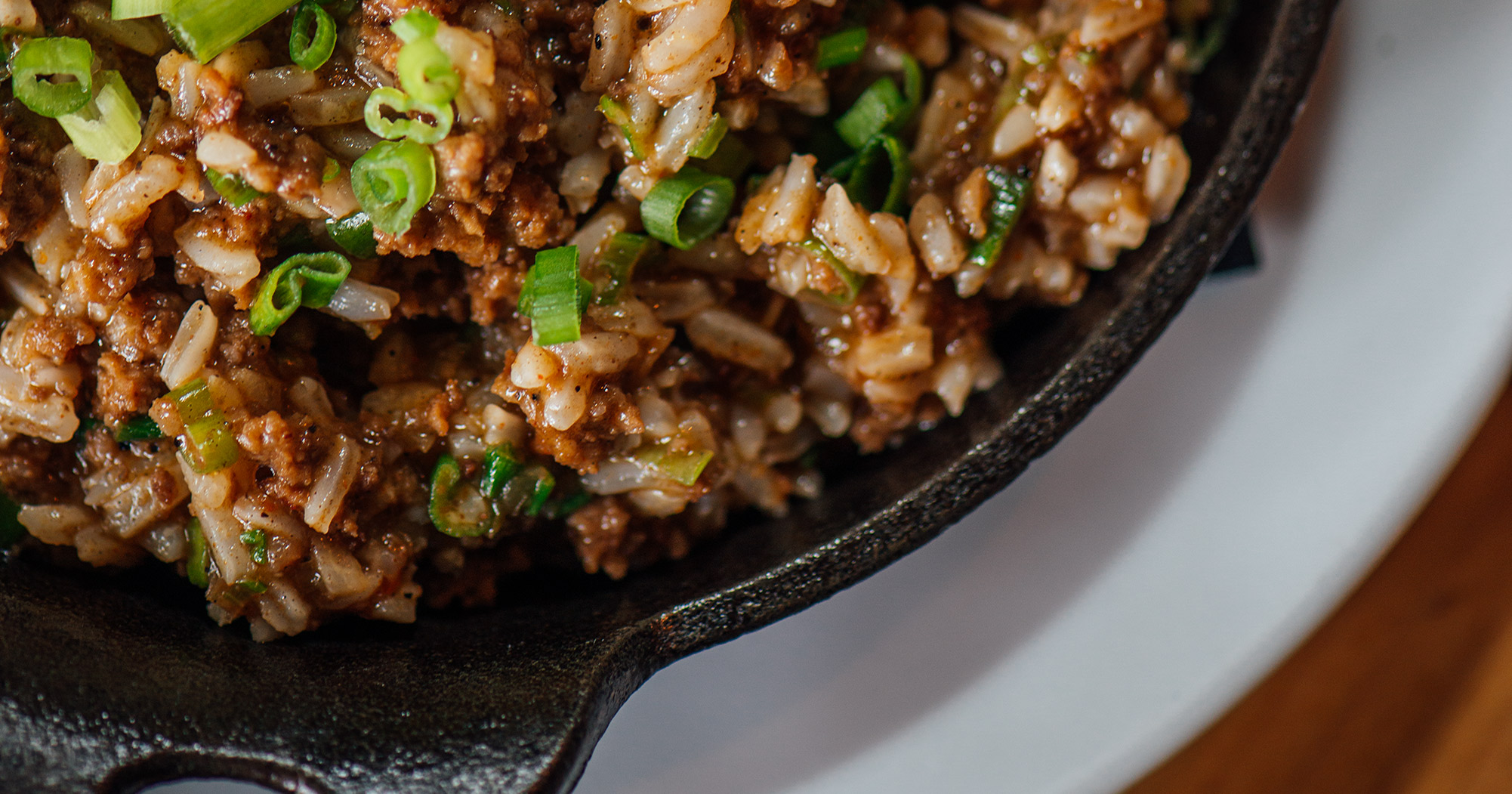
 158 views
158 viewsChef Isaac Toups: How to Make Dirty...
gardenandgun.com
Your folders
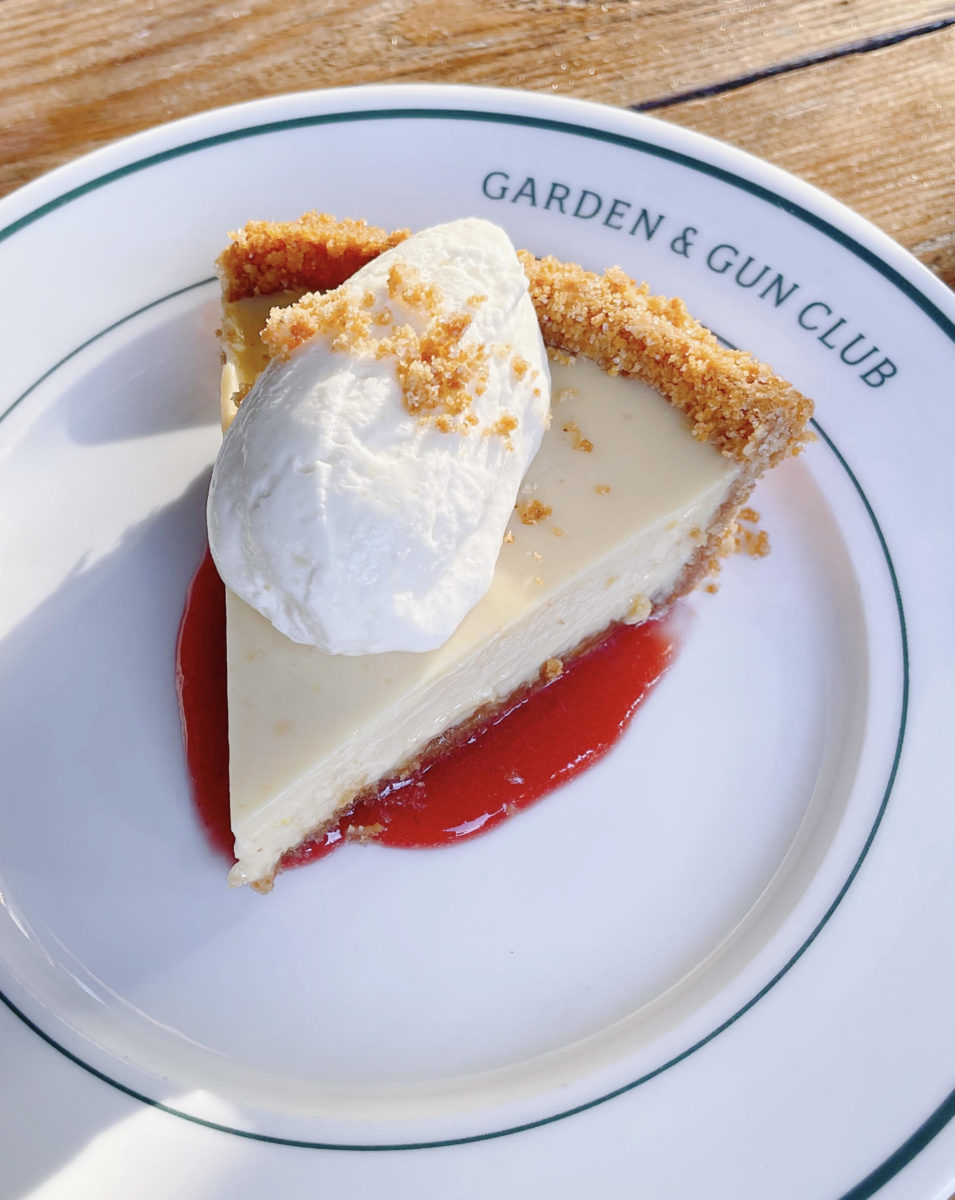
 221 views
221 viewsLemon Pie by Ann Kim – Garden & Gun
gardenandgun.com
Your folders
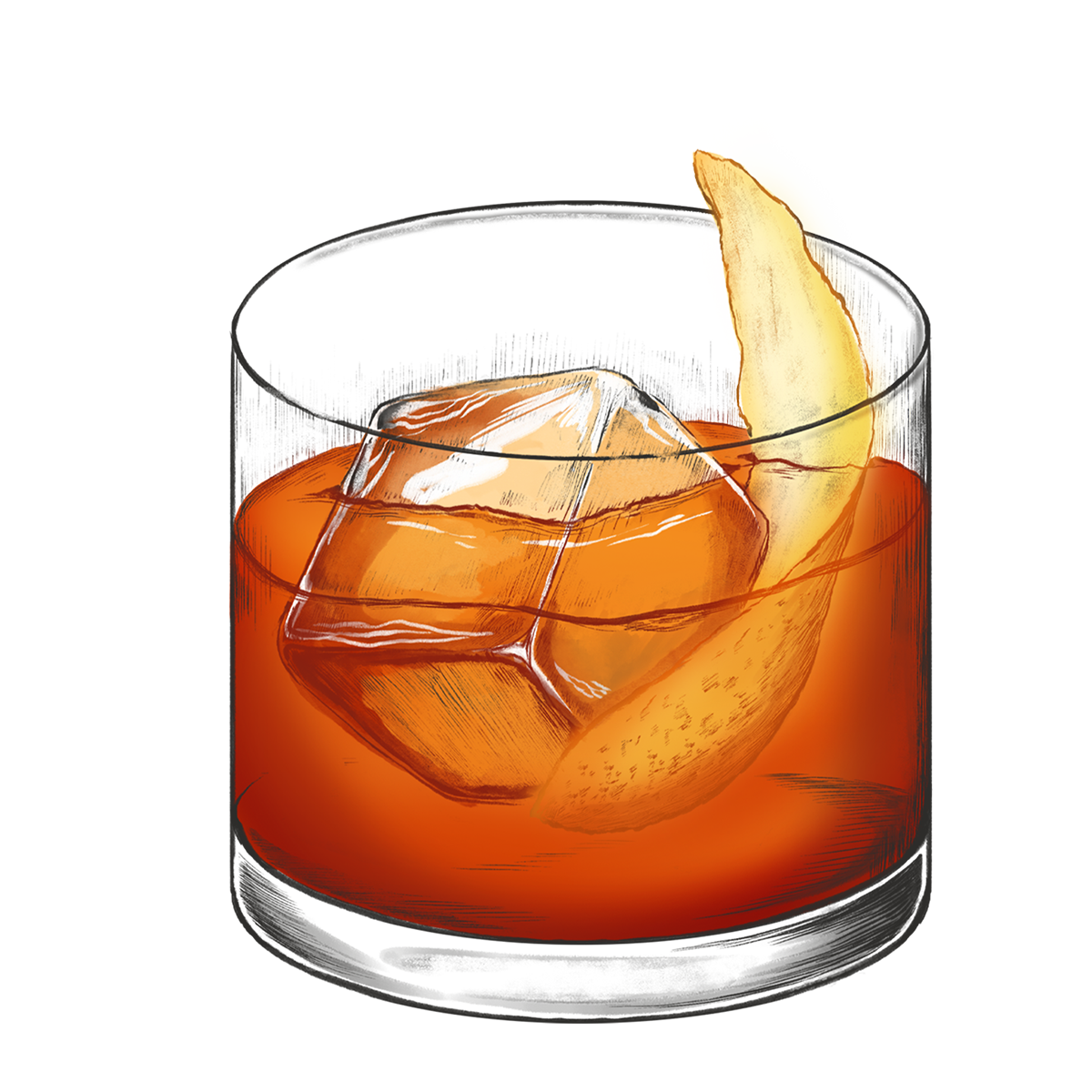
 188 views
188 viewsEssential Southern Cocktail: Old-Fa...
gardenandgun.com
Your folders

 84 views
84 viewsChili Dogs, with Extra Everything –...
gardenandgun.com